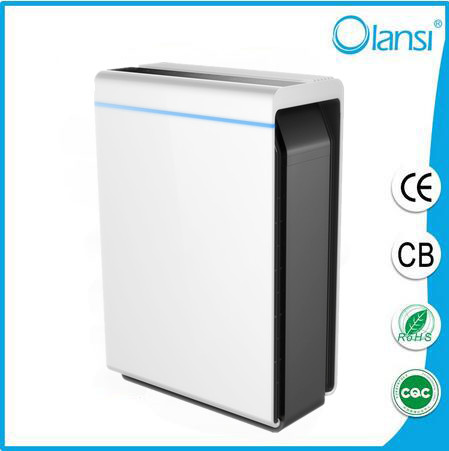China to deploy the world’s largest outdoor air purifier in Beijing
China will deploy world’s largest outdoor air purifier designed by a Dutch engineer in its smog- hit capital Beijing, as the thick heavily-polluted haze returned to haunt the city, driving people indoors. The seven-meter-tall tower, brainchild of Dutch designer Daan Roosegaarde, is undergoing last-minute checks in Beijing’s 751 D Park art area. The ‘Smog Free Tower’ will soon be opened to the public, and will be toured across the country, state-run Global Times said, quoting China Forum of Environmental Journalists, an NGO under China’s Ministry of Environmental Protection.

The tower can capture about 75 percent of PM 2.5 and PM 10 tiny particles in its vicinity and then release purified air to create a “bubble” of fresh air around it. The tower can clean 30,000 cubic meters of air per hour through its patented ozone-free ion technology. Beijing has been plagued with heavy smog since the beginning of October. The city’s environmental authorities issued a “yellow alert” for air pollution on Tuesday. “Yellow alert” is the third-most serious level in a four tier color-code warning system. Red is the most serious and orange the second-most serious while blue is the least serious pollution level.
The average PM2.5 density of the small deadly polluted particles crossed over 300 today even though a cold front in the morning cleared the smog a bit. Liu Guozheng, CFEJ secretary-general said the tower is intended to warn authorities never to forget their duty and encourage the public to pull together to combat the smog. The public, meanwhile, are bemused by the tower’s function and have called on authorities to curb dangerous sources of polluting particles, the daily said. ALSO READ: China resolved 77,000 telecom and internet fraud cases, punished 43,000 people
Netizens expressed their frustration over the tower. “The so-called divine smog cleaner is more like a piece of performance art, which makes almost zero difference to cleaner air in the city. It devours the polluted air and exhales fresh air, but so little it won’t make any difference. The air will stay polluted,” the daily quoted a comment by Sina Weibo user. ALSO READ: China could be the only country with space station in 2024

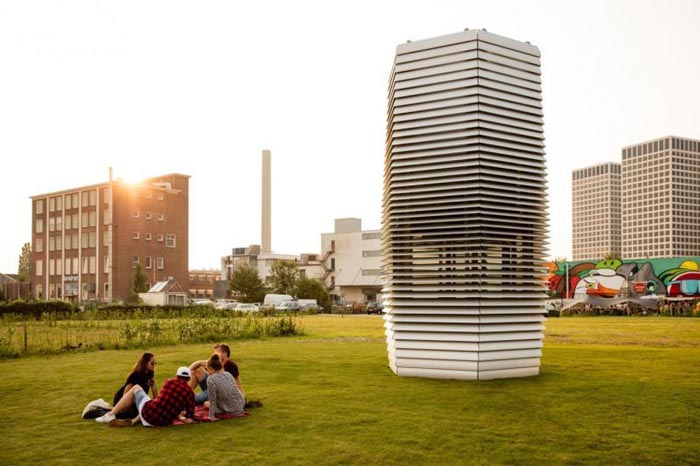
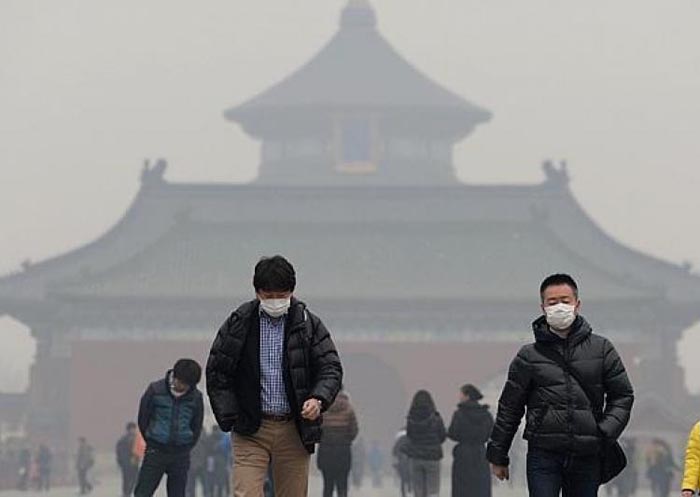
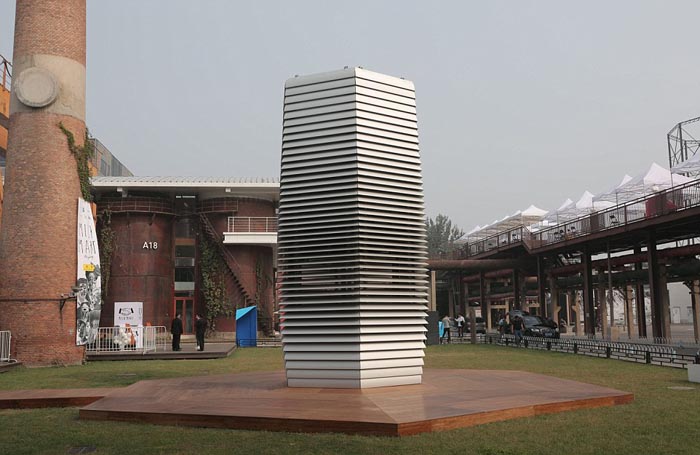
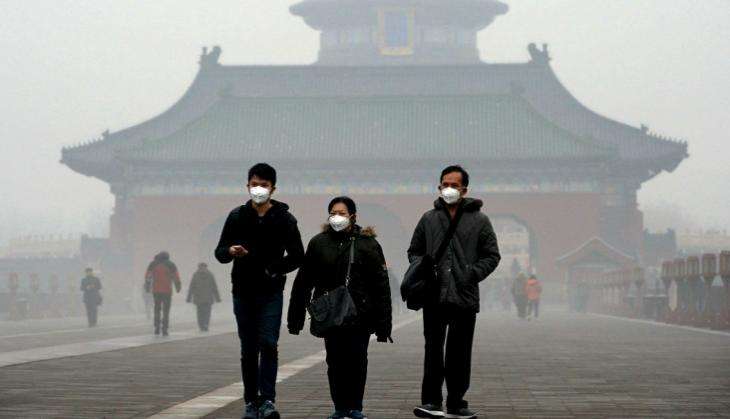

 .
.

